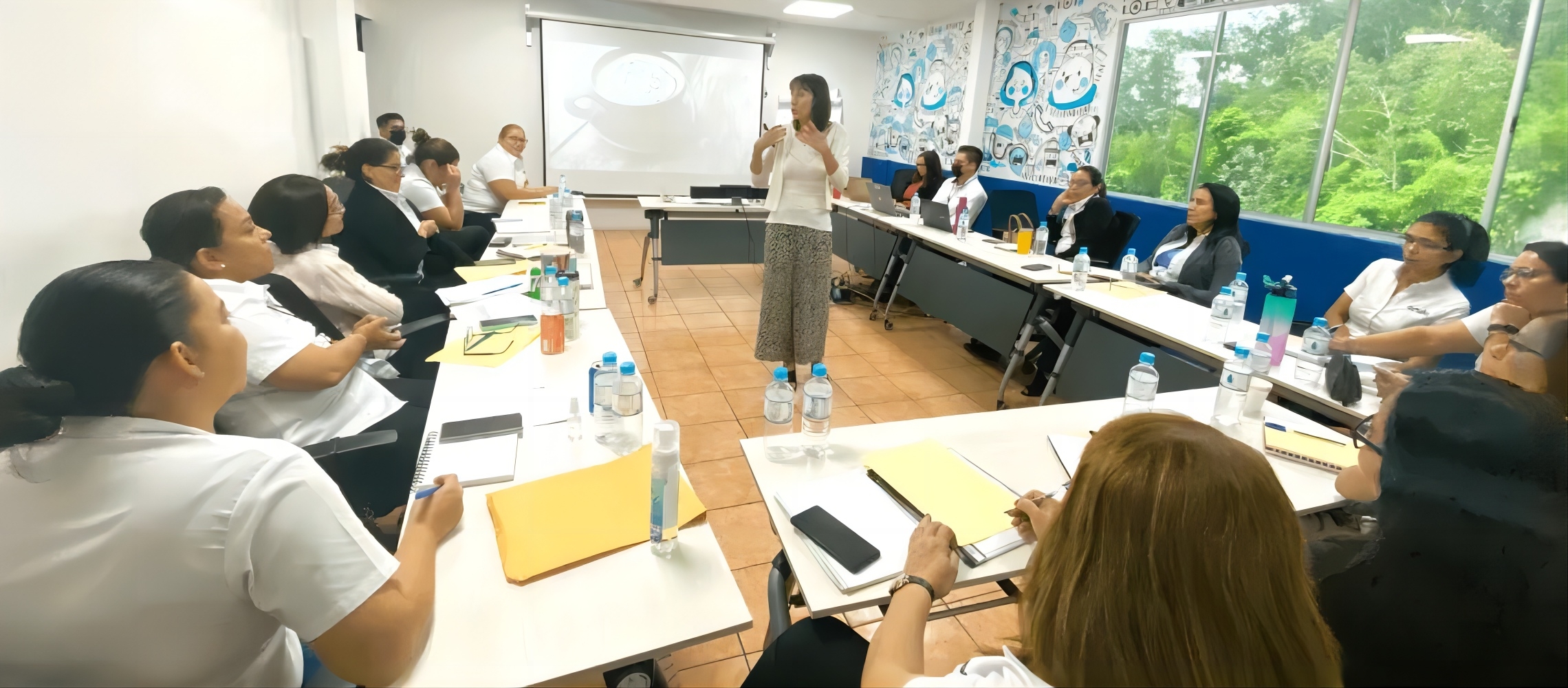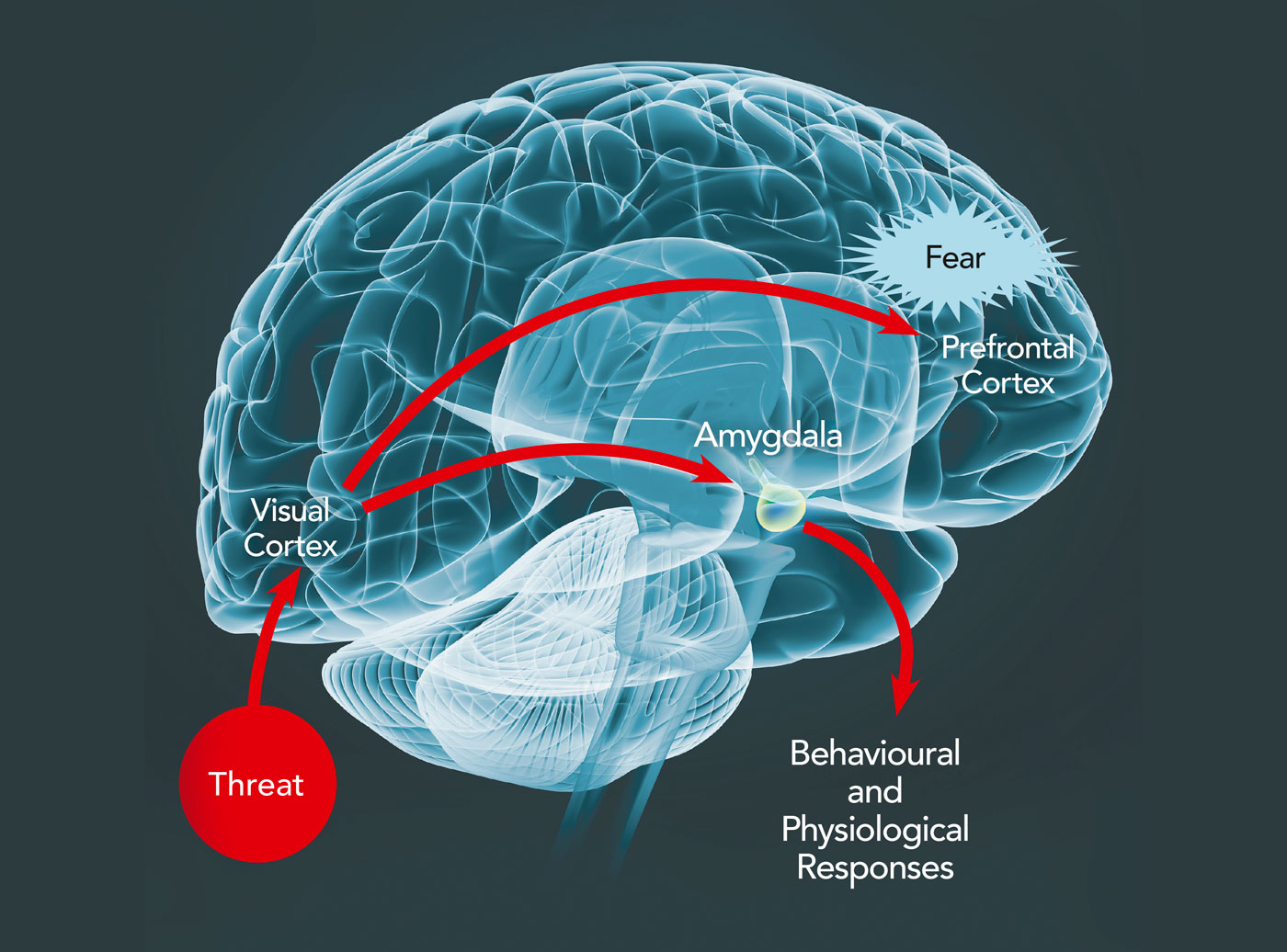Did you know that water jobs are almost entirely dominated by men? On average, men hold 79% of jobs in water utilities, and they comprise 78% of engineers and 76% of managers in these workplaces. The reasons range from educational choices, where men are more likely than women to study STEM subjects, to social norms that consider water jobs to be more suitable for men.
This raises a serious question: Can homogenous institutions in one of the most critical sectors of the economy, that is, water, effectively respond to some of the most critical challenges of our times such as water scarcity, climate change, and inadequate access to water and sanitation?
The truth is that they can’t.
According to the United Nations, 2.2 billion people around the world lack access to safely managed drinking water at home. And 3.5 billion lack safely managed sanitation. Half of them are women and girls. In many countries, women and girls walk long distances to collect water for household needs, something for which they bear primary responsibility. This is an arduous task that takes away time (200 million hours to be exact) that they could otherwise devote to education, work, and leisure, while also putting them at greater risk of gender-based violence. In schools, the lack of gender inclusive sanitation and hygiene facilities causes girls to miss school during their menstruation or even drop out.
Gender diversity in water jobs can help address some of these issues. Service providers can best deliver to their customers—or potential customers—when they understand them better. Having women in important positions in utilities means that utilities can better reach 50% of the potential beneficiaries.
Evidence from the private sector shows that companies with higher rates of diversity perform better — they have lower employee turnover, are more innovative, enjoy better governance, and can more effectively deliver products and services, which is particularly crucial for water and sanitation service provision.
Other studies find that women place a higher value on the quality of water, are more conscious of natural resource use than men, and are more likely to invest in environmentally friendly practices and sustainable solutions. Importantly, women’s equal opportunity in the workplace adds significantly to global GDP growth and can lift many families out of poverty.
These facts explain why equal access to more and better jobs is one of the key pillars of the new World Bank Gender Strategy 2024-2030, to be launched later this year.
The Equal Aqua Platform—diversifying one water institution at a time!

Established in 2019, Equal Aqua offers a range of services to support water institutions around the world in their efforts to enhance gender equality. The Platform is well integrated with other World Bank tools and streams of work in order to provide a holistic approach to help our clients deliver services to beneficiaries. Various partners, including water utilities, private sector companies, international organizations and associations, non-governmental organizations, and academia, contribute to Equal Aqua’s mission.
- Data collection and benchmarking—The Equal Aqua Platform hosts the largest global Database on Women in Water Jobs, relying on data provided by water institutions across the globe, and working together with IBNET and the Utility of the Future Program. Data is a powerful tool to diagnose gender disparities and to inform policies and programs to support gender inclusivity in water jobs. Over 250 water institutions have completed the Equal Aqua human resources (HR) survey, providing a snapshot of the global landscape on women’s and men’s work in water while also enabling comparisons across countries and regions.
- Technical assistance—To date, Equal Aqua has provided technical support to over sixty World Bank water operations. Client institutions that complete the Equal Aqua HR survey receive a scorecard that benchmarks their performance on gender inclusion vis-à-vis other water institutions in their country, region, and the world. This diagnosis enables the design and implementation of customized solutions to address specific gender barriers at each stage of the employee life cycle. For example, the Water Supply and Sanitation Program in Burkina Faso provided scholarships, training, and mentorship opportunities to female students and employees to improve diversity in the sector. In Cambodia, through the Water Supply and Sanitation Improvement Project, Equal Aqua provided tools and benchmarking for ten utilities and more recently for sixty private water operators. The public utilities saw the share of women employees grow from 17% in 2019 to 20% in 2022, and engineers from 19% to 33%.
- Learning and knowledge exchange—The Platform facilitates spaces for peer-to-peer support, capacity-building, and knowledge exchange on gender inclusion. Over 100 water institutions have benefited from trainings (for a list of webinars and training events, visit the Equal Aqua Website). Other useful resources include the Inclusive WASH Workplaces Database (an interactive repository of over 180 good practices on gender equality, disability, and social inclusion from organizations across the world) and a self-paced online course on “Water, Women and Jobs” which showcases approaches to addressing barriers to female employment (the course is offered in English and Spanish). Additional Equal Aqua resources, including case studies and blogs, can be found on the Equal Aqua Website.
Water is at the center of development. When we focus on the intersection of water, gender, and employment, we contribute not to one, but to several Sustainable Development Goals, including SDG 5 (gender), SDG 6 (water) and SDG 8 (decent work).




